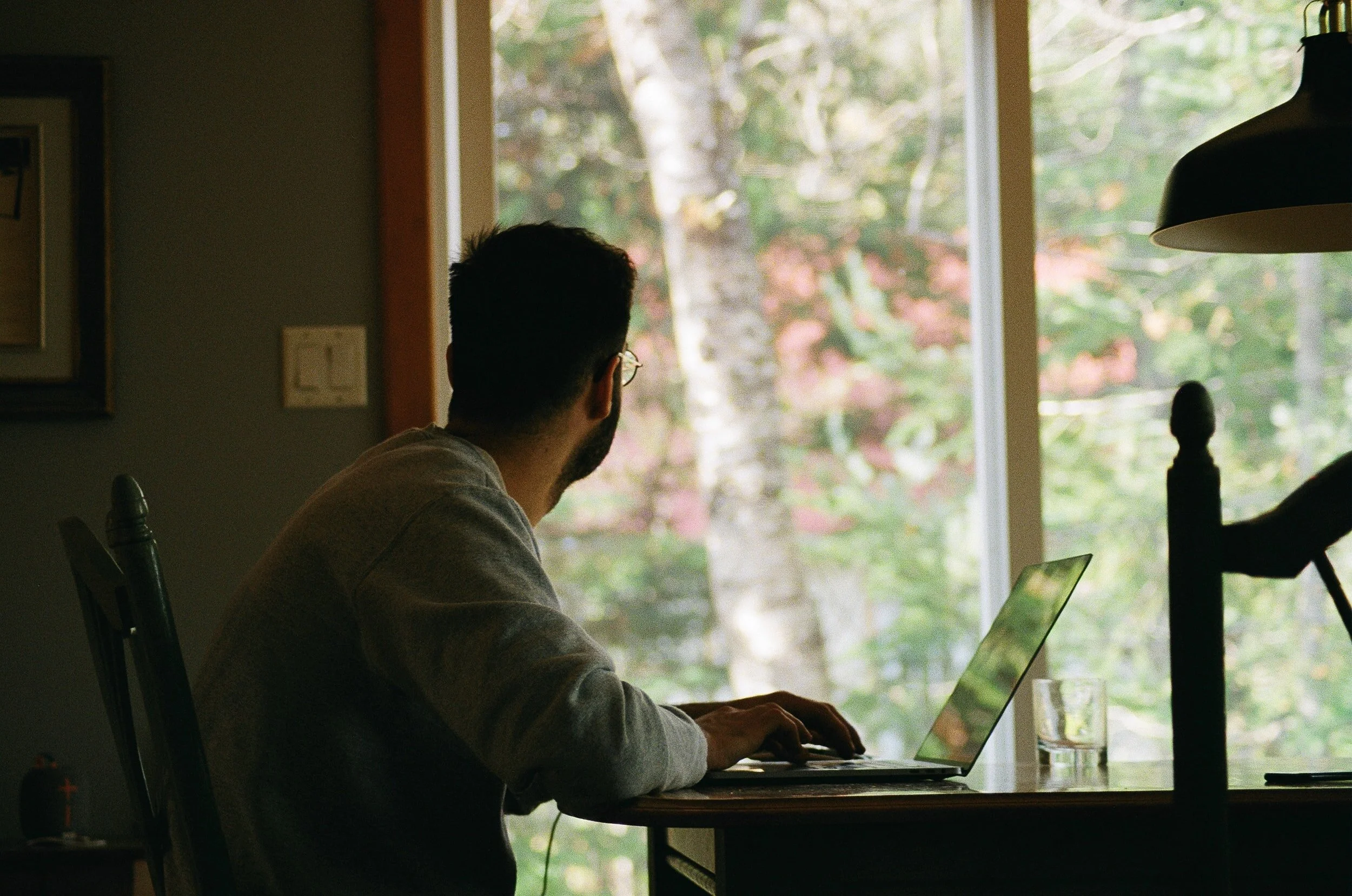Your remote workers’ biggest COVID nightmares (and how to effectively hack them)
Hey boss! You can’t blame a lack of productivity, engagement or energy on the fact everyone is doing home office. This isn’t the origin of the problems, rather we need to blame the global pandemic: routines have changed, our comfort zones have shifted and uncertainty is a given. Overnight, large majorities of workers were forced to work from home, and they find themselves distressed and unhappy. Their decision-making freedom vanished, and this lack of control isn’t good for individuals’ wellbeing.
As an employer, you can’t (obviously) just make COVID go away, but you can understand what your employees are struggling with the most, and make an effort to help alleviate the associated stresses.
It’s a lockdown, not a choice
Prior to March 2020, working from home was a choice, a privilege to be earned. But since the start of the pandemic, your employees lost the freedom to choose. Working from home is up eightfold, and now - as work and home blend together and our social lives have shrunk - many are struggling to see the perks of the home office.
People used to consider freedom, flexibility and the ability to focus as the pluses of working from home, so it’s worth putting an emphasis on these as a way to demonstrate that this new way of working is actually a huge advantage. Avoid scheduling long, compulsory meetings, set up core working hours and encourage company-wide deep working session, for example.
Panic mode set up
Your employees didn’t move into their apartments and design designated home office spaces - they had the real office for that. Most people have reorganised their space the best they could since the pandemic hit, but, of course, many lack the space, resources or knowledge to create an optimal home-office environment.
Many are sharing their homes - with flatmates, partners, kids - and they find themselves sharing kitchen tables, sitting on sofas or working from bed, and we must remember these are also places in which people are spending most of their waking hours, cooking, exercising, unwinding. Spaces haven’t been optimised for everything they’re now required to be.
As a company, you should provide guidelines to help advise your employees on how to create a space that prioritises their physical and mental health; and, perhaps, offer employees the chance to have their office chairs delivered to their homes.
Lack of movement
When working from home, people tend to sit longer and move less. Not just because there’s suddenly no commute (many also report that they miss this time alone), but also a lack of others (no need to take a coffee break with colleagues, to walk along the hall to a meeting or to take a stroll at lunch).
But - remember - no one has been kidnapped by their chair! As an employer, you can gently encourage an increase in movement. For instance, with a 1-1 meeting, propose you both take the call while taking a walk. Your employees should also be encouraged to take virtual coffee breaks with each other, to take advantage of the morning light by taking a stroll first thing, or to do an online exercise course at lunchtime. These activities are essential for maintaining a healthy and productive mind and body.
Also - please remember that working longer hours is not productive! Creativity and productivity are at their highest in well-rested employees who have had space from their work.
Roles and responsibilities
Don’t underestimate how much your workers will be impacted by family life. Both parents and children are struggling with spending excessive time at home, especially when it comes to prioritisation of focus.
One of our clients told us that, prior to the pandemic, he was the happiest man, frequently working from home. But in the months that followed, he gained 10+ kilos, his partner became depressed and his small son suffered from hyperactivity, professional help and suitable tools were the things that helped them to manage the situation.
As an employer, be considerate of these circumstances and, if you can, provide professional help or expert resources for your employees to make use of. Your team is your most valuable asset, do everything you can to support it.
Bad environment
On average, Europeans and American’s spend approximately 90% of their time indoors - that’s 6.5 days a week… More worryingly, this statistic is from before the start of the COVID pandemic.
A disconnection from nature can negatively impact mental and physical health. Did you know that just 15-minutes spent surrounded by trees can reduce stress levels by 16%? Workers should take walks outside or begin filling their living spaces with plants in order to feel the benefits of nature.
The air indoors is often poor quality; in many places, the air quality inside our homes can be 2-5 times worse than outside, and this can trigger asthma & allegers symptoms. Windows should be opened regularly to ventilate living spaces and thus ensure we breathe the cleanest air possible. Plus living spaces should be dusted and cleaned regularly to remove dirt and mould particle build-up; air filters can be used, too, as well as the purchasing of low- or no-VOC products.
Light is one of the primary regulators of our sleep-wake cycle, and artificial lighting can impair sleep length and quality. Our bodies respond to bright, blue-rich light (generated by our digital screens) by becoming active and alert, so this should be limited before bed. Increased exposure to natural light helps boost our body clock, while good lighting at desks increases productivity and reduces eye tiredness!

